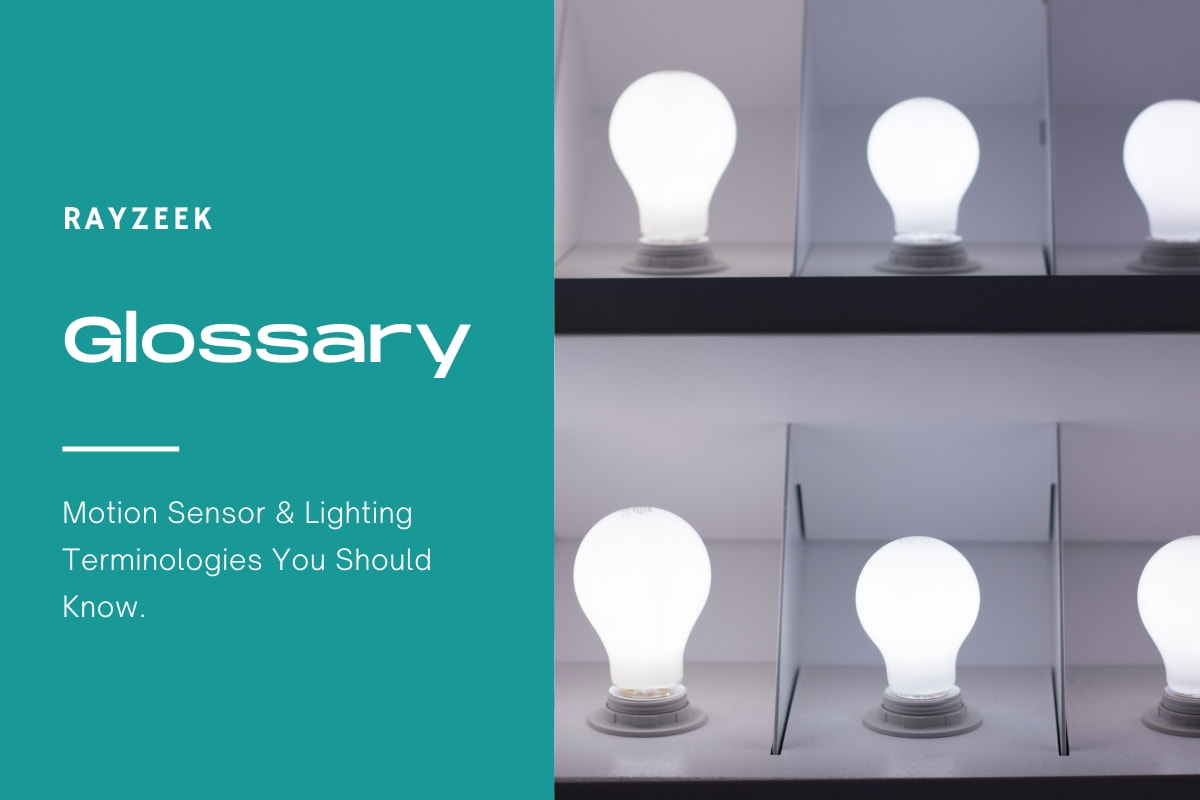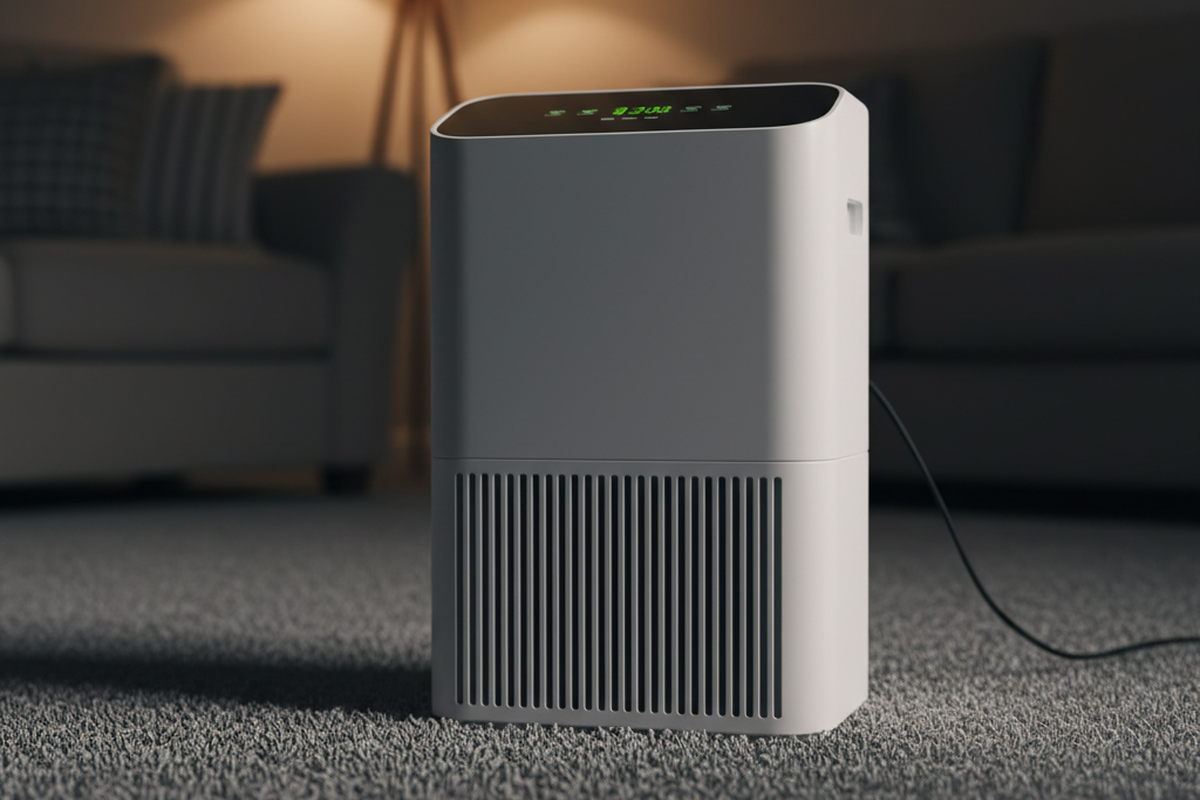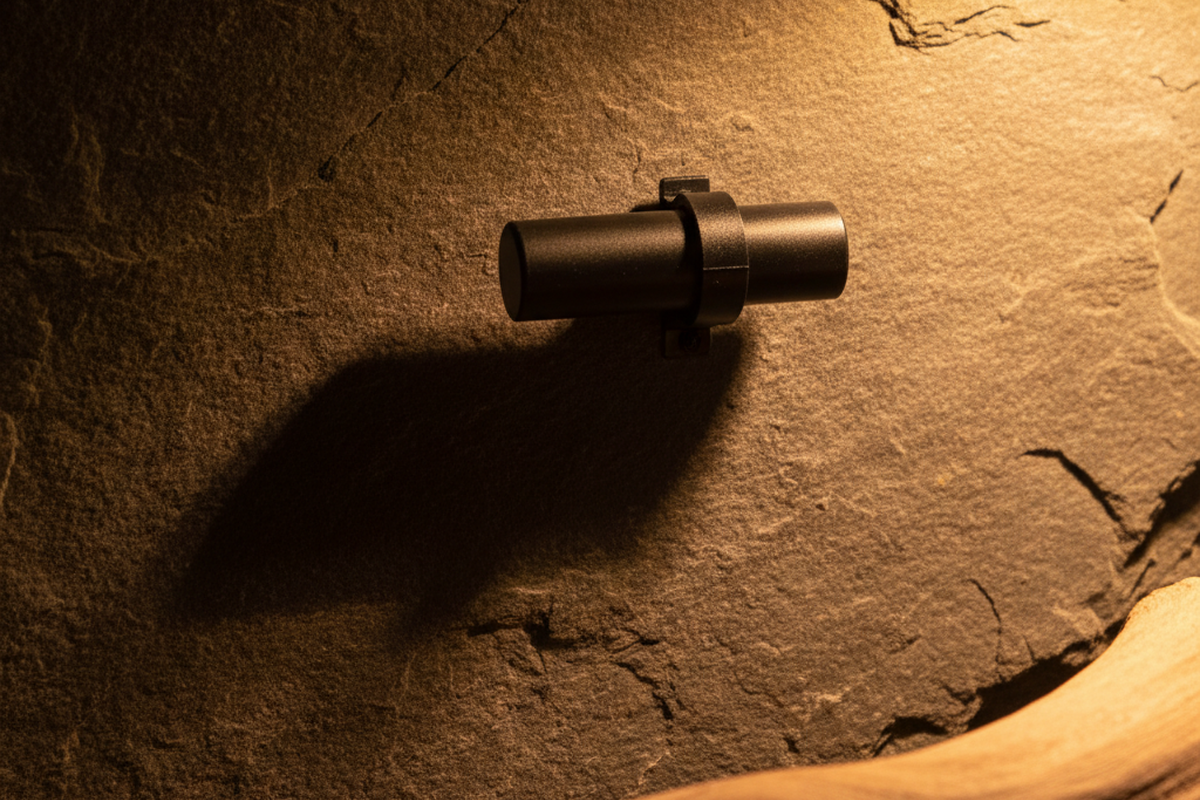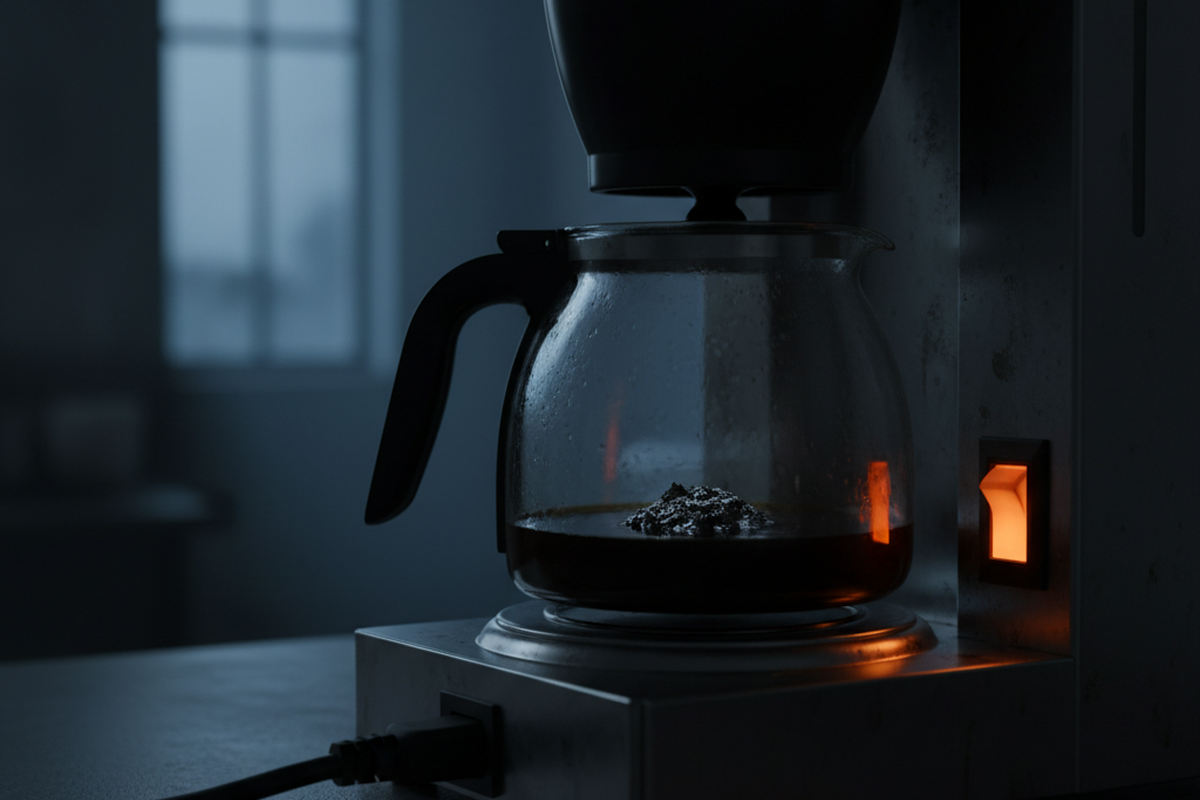Co je Flicker
Blikání je rychlá a opakovaná změna jasu světla v průběhu času. Je charakterizováno kolísáním intenzity světla vyzařovaného světelným zdrojem, což má za následek třepotání nebo nestálý vzhled. K blikání dochází při kolísání napětí dodávaného do světelného zdroje nebo při kolísání samotného napětí v elektrické síti.
Hledáte řešení úspory energie aktivované pohybem?
Obraťte se na nás pro kompletní PIR senzory pohybu, produkty pro úsporu energie aktivované pohybem, spínače se senzorem pohybu a komerční řešení pro detekci přítomnosti/volnosti.
Závažnost blikání je ovlivněna několika faktory, včetně frekvence a pravidelnosti kolísání napětí, velikosti změn napětí, velikosti typ světelného zdroje (jako jsou žárovky, fluorescenční, LED nebo HID), činitel zesílení svítidla, a úrovně okolního světla v oblasti.
Blikání může mít na člověka negativní účinky, včetně bolestí hlavy, závratí a poruch vidění. V aplikacích, které vyžadují vysokou úroveň zrakové ostrosti, například ve výrobě, může být blikání obzvláště problematické a dokonce nebezpečné.
K měření a kvantifikaci blikání se v osvětlovacím průmyslu používají různé metody. Jednou z běžných metod je výpočet procenta blikání, při kterém se porovnávají hodnoty špičkového a mezního světelného výkonu a rozdíl se vyjadřuje v procentech. Další metodou je index blikání, který zohledňuje jak velikost, tak frekvenci kolísání světelného výkonu.
Inspirujte se portfoliem pohybových senzorů Rayzeek.
Nenašli jste to, co jste chtěli? Nebojte se. Vždy existují alternativní způsoby řešení vašich problémů. Možná vám pomůže některé z našich portfolií.
Blikání může být způsobeno také systémem dodávky, přeměny a řízení energie, ke kterému je světelný zdroj připojen. Například některé systémy stmívání nebo nekompatibilní ovladače mohou přispívat k blikání u výrobků s LED osvětlením.
Často kladené otázky
Co znamená, když světla blikají
Je možné, že je v určitém obvodu uvolněný spoj nebo že je obvod přetížen. Pokud světla blikají ve více částech domu, může to znamenat závažnější problém s celkovou elektroinstalací. Ten by mohl souviset s elektrickým panelem nebo hlavními přípojkami vašeho domu.
Mám si dělat starosti, když moje světla blikají?
I když se zdá, že blikání je neškodné, může to znamenat potenciálně nebezpečný problém s elektroinstalací, který může představovat nebezpečí požáru ve vaší domácnosti. Pokud se blikání objevuje častěji nebo se jakkoli mění, je vhodné kontaktovat odborného elektrikáře, který provede kontrolu pro vaši bezpečnost.
Je běžné, že světla blikají
Zřídkavé a krátké blikání světel obvykle není důvodem k obavám. Pokud si však všimnete, že k blikání dochází často nebo trvá déle než několik sekund, může být nutné zvážit modernizaci nebo instalaci nových elektrických obvodů v těchto konkrétních oblastech.
Může špatný jistič způsobit blikání světel
Ano, blikání světel může být způsobeno vadným jističem. Konkrétně při zapnutí velkého spotřebiče může špatný jistič způsobit blikání světel. K tomu dochází proto, že spuštění spotřebiče s vysokým příkonem značně zatěžuje odebíraný proud.
Jaký typ žárovek nebliká
Za normálních okolností wolframové žárovky na videu nebliká. V některých případech však mohou blikat. K tomu dochází proto, že když je žárovka připojena ke zdroji střídavého proudu, vlákno se zahřívá a ochlazuje 60krát za sekundu (v USA).









